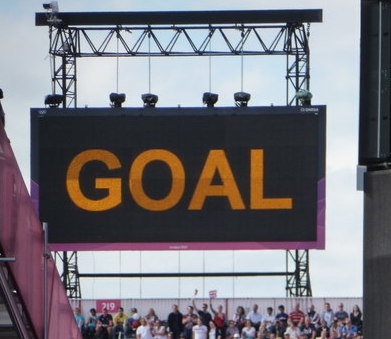
Measure Your Strategy With The Three O’s: Output, Outgrowth and Outcome
“So how do you measure PR?”
This is a common question we get from our clients. A kneejerk answer would be, “Public relations is about building trust, which is not easily measured.”
One could argue the perception versus reality of PR, but that is futile. What a PR agency considers a misconception is a client’s reality — and quite simply the reality is that we need to prove the value of PR to our clients.
Public relations practitioners have been slow to establish standards in measuring PR, but there is a true effort to establish accepted methods of measurement that genuinely show the value and impact PR has on brands. The first step was taken in 2010 when the International Association for the Measurement and Evaluation of Communications introduced the industry to the Barcelona Principles. These seven standards illustrate that tactics can be both quantifiably and qualifiedly measured in order to evaluate the effectiveness of a public relations strategy. Let’s use a couple principles to discuss where to start and what to measure.
Start at the very beginning with the end goal in mind
The first step to measuring PR is to have a plan with a very clear objective. What is it that you want to achieve? Establishing the right objectives makes measuring PR strategies the easiest part of your plan. If you think about it as a road trip — your objective is to reach the destination. The strategy is your road map and the tactics serve as the turn-by-turn directions. Once the plan is in place with measurable objectives, implementation can begin. Next, you can execute the tactics and measure its effectiveness by identifying the outputs, outgrowths and outcomes of the tactics.
Output, Outgrowth and Outcome
- Output – did the audience see the message?
This is measured by number of placements, impressions and open rates. - Outgrowth – did the audience understand the message?
This is more difficult to quantify, but a call to action and audience engagement such as shares and click-through rates shows the receiver understood the message enough to do something about it. - Outcome – did the audience do something about it?
The outcome is directly connected with what you are asking of your audience. If there was a call to action, did they respond the way you anticipated? If the overall goal is to increase market share, was there an increase in sales?
It’s best to measure your plan’s effectiveness periodically throughout an established time frame, that way, you can adjust your strategy based on measurement data. Not every plan is going to be executed without the need for correction, but you can build that flexibility into your plan.
Bottom line – it is important to show our clients that PR can be measured, but we also need to educate them on what is important to measure.



